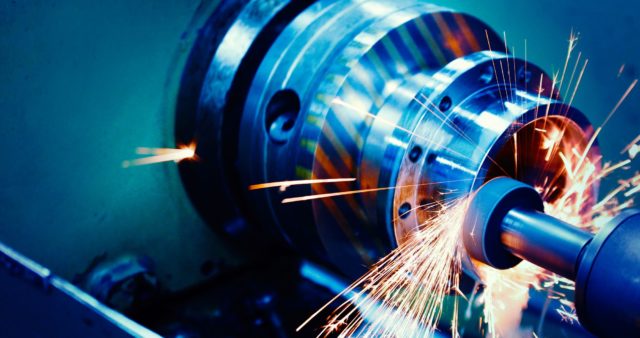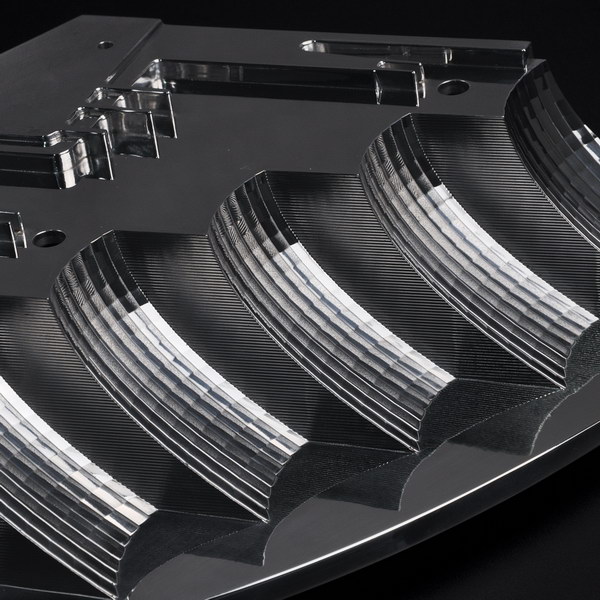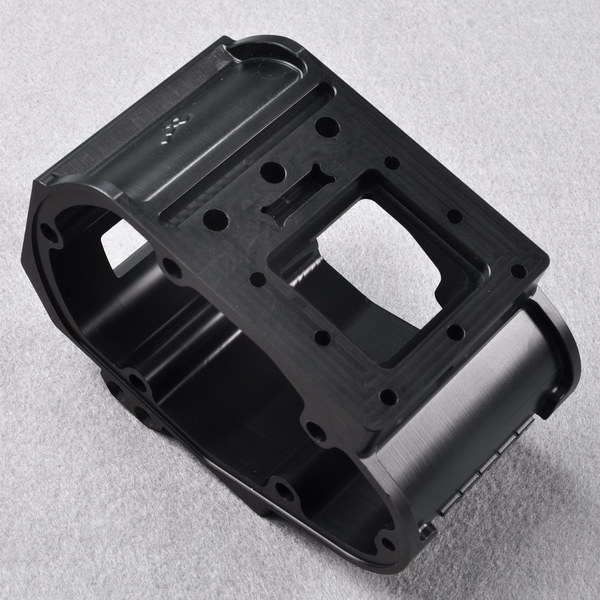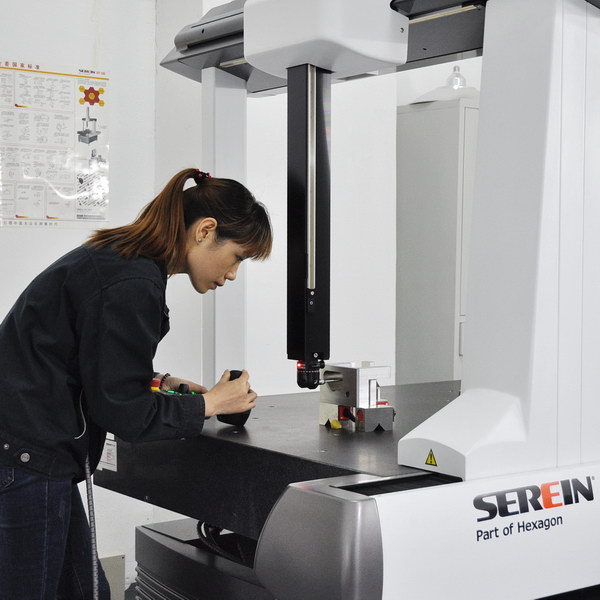In precision machining, advanced precision parts always require a high level of accuracy and repeatability. While many factors can contribute to errors in the production process, understanding their root cause is essential for ensuring successful outcomes. This article will discuss the main causes of errors in precision machining and provide strategies for minimizing or even eliminating them.
Table of Contents
1. Spindle Rotation Error
Spindle rotation error is a type of mechanical inaccuracy that can occur when the speed of the machine tool spindle fluctuates during operation leading to errors in precision machining. This type of error occurs when there is an imbalance in the rotational force being applied to the spindle, resulting in fluctuations that cause variation in the cutting performance and result in poor accuracy. This type of error can be difficult to detect and can result in significant losses for manufacturers that produce parts with high accuracy requirements.
As a consequence, cutting tools may not cut properly or at all, leaving surfaces with unacceptable levels of roughness or producing incorrect dimensions on parts. This can lead to higher scrap rates, longer cycle times, and decreased operational efficiency.
To ensure optimal machining performance and accuracy, it is important to detect and address any potential sources of spindle rotation error including unbalanced power distribution, improper installation of the spindle, and worn or loose components. Regular maintenance and calibration of the machine tool can also help to minimize such errors. By addressing any potential sources of spindle rotation error, precision machining operations can be maintained with a high degree of accuracy and efficiency, ensuring that the parts produced meet customer specifications every time.
2. Guide Rail Error.
Guide Rail Error in Precision Machining is an error that occurs when parts or components are machined to precise dimensions or tolerances. It happens when the guide rails used to control the cutting tools, such as drill bits or end mills, move out of alignment during a machining operation. This can cause parts to be cut too small or too large for their intended purpose and often renders them unusable. Guide rail errors can also occur if there’s any vibration or distortion in the guide rails, which could lead to inaccurate cuts being made. By taking proper precautions—for instance by using high-quality guides and regular maintenance—guide rail errors can be avoided and precise results achieved through precision machining operations.
3. Transmission Chain Error.
Transmission chain errors occur in precision machining when components have been misaligned or incorrectly connected. These errors can cause inaccuracies, noise, and vibrations in the machine as well as reduce its performance. In some cases, the error may be severe enough to result in the complete failure of the system.
Common causes of transmission chain errors include loose fasteners, worn sprocket teeth, bent shafts, broken chains, and incorrect gear ratios that can lead to inaccuracies, noise, and vibration, or even complete failure of the system.
To prevent these issues from occurring, it is important to regularly inspect all components involved in a transmission chain to ensure they are properly installed and functioning correctly. Additionally, proper maintenance procedures should be followed at regular intervals to help maintain accuracy over time. With proper care and attention to detail, transmission chain errors can be avoided and precision machining operations can be performed with precision and accuracy.
4. The Geometric Error Of The Tool.
The geometric error of the tool in precision machining is a measure of how accurately a tool cuts or shapes a material. It is typically expressed as an error tolerance or maximum allowable deviation from nominal values for various parameters such as size, shape, location, orientation, etc. Geometric errors can be caused by wear and tear on the cutting edges, poor tool geometry design, improper sharpening techniques, incorrect cutting conditions, and other factors. This type of error must be accounted for when setting up the machine to ensure that the resulting part meets the specified requirements.
To minimize this kind of error it is important to use high-quality tools and employ proper operating procedures during use. In addition monitoring and maintaining the condition of your tools will help reduce geometric errors in the finished product.
5. Positioning Error.
Positioning error in precision machining is the difference between the desired position and the actual position of a machined part. It is caused by inaccuracies during production and can lead to a variety of problems, such as scrap parts or poor-fitting components. Positioning errors can be reduced through careful measurement techniques, precise cutting tools, and better machine maintenance. Furthermore, preventive measures should be taken to reduce the possibility of positioning errors occurring in the first place. These include double-checking measurements before beginning production, using high-grade metals for parts that require accuracy, inspecting machines regularly for wear and tear, and providing comprehensive training on operating machinery safely. Properly addressing positioning errors will help ensure that products are manufactured with maximum efficiency without compromising quality.
6. Errors Caused By Force And Deformation Of The Process System.
Errors Caused By Force And Deformation Of The Process System in Precision Machining are the various types of errors that occur when a force or deformation is applied to a process system during the precision machining process. These errors can be caused by either mechanical vibrations, misaligned components, overstressed tools, and fixtures, or poor cutting conditions. This type of error can lead to distorted dimensions, scraped surfaces, off-center holes, and other problems which affect the quality of the part being produced.
To prevent these types of errors from occurring it is important for manufacturers to ensure that all machining operations are conducted in accordance with proper procedures and establish parameters for reducing forces and deformations during the machining process. Additionally, tool selection must be done carefully to ensure that the tool is appropriate for the application and that proper cutting conditions are maintained. Finally, regular maintenance and inspection of all process systems must be performed to ensure that they remain in good condition.
By following these steps, manufacturers can reduce or eliminate errors caused by the force and deformation of the processing system in precision machining.











